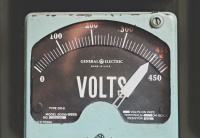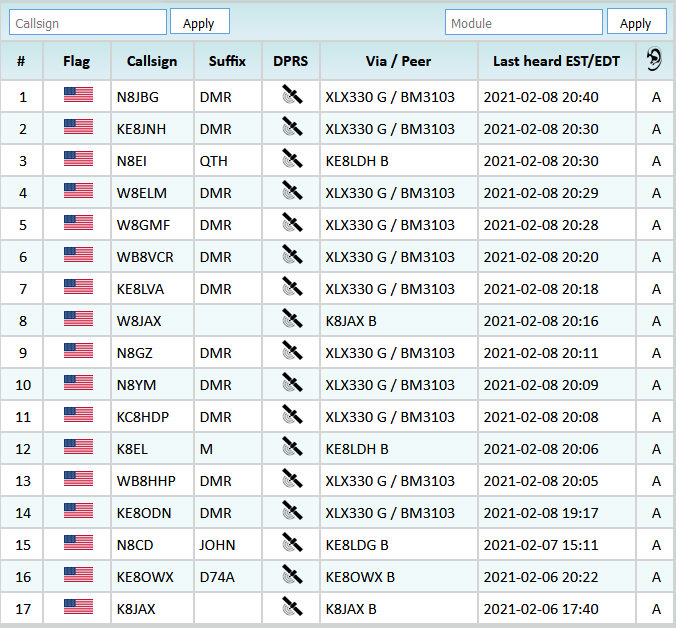After a long, hard slog against what is obviously a first-world problem, the stability problems with the XLX330 reflector’s transcoding has been resolved.
Back in June, we started having problems with XLX330 being stable. It was originally moved from his home at the repeater site due to heat. And since then, a series of problems have been plaguing the system. After seven months of poking and prodding at the system, I believe the issues have been resolved. Overall there were three distinct problems:
Heat. The DVStick dongles are surprisingly hot and when combined with the hot environment of the tower house, the would overheat and fault. When we make the move back, small fan system will be going with it.
Horsepower. When I moved the system to my QTH rather than Doylestown, I didn’t move the *system* I just moved the AMBE dongles. I reused a Pi 2 I had “on the shelf”. I’ve discovered that the Pi2 lacks enough of, well, everything to make the system reliable. A Raspberry Pi 4 is required to make the system operate properly. The two many symptoms of the system being underpowered were DMR transmissions would cause the system to just melt down and, also, random transcoding errors would appear from ambed (even with the USB hub).
Power. A Pi overall cannot supply enough power over the USB ports to run the AMBE dongles reliably. There are some unlogged power dip conditions that cause the AMBE chips to flake out in odd ways. I came across a random post talking about troubleshooting some NWD dongles and mentioned in passing that “only the PC can provide enough power”. I installed a high-power USB hub and it seems to have solved the power issue issue.
After all of the troubleshooting, the system finally appears to be stable amongst all three modes.








